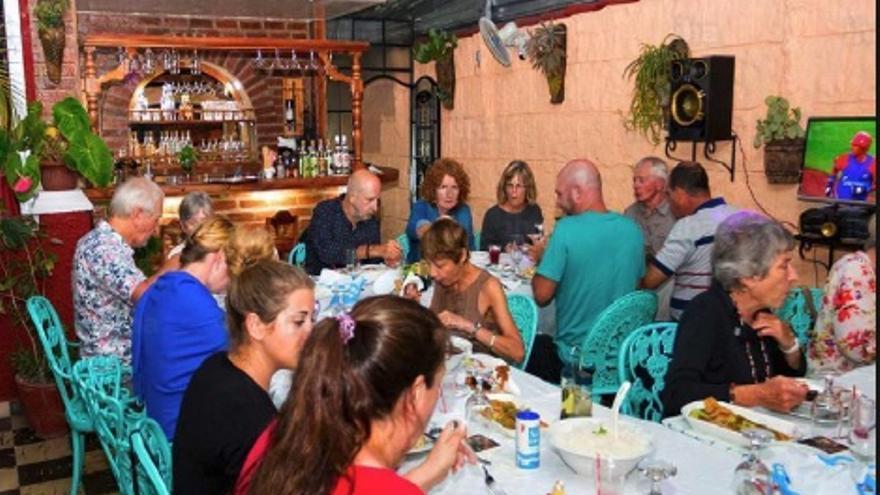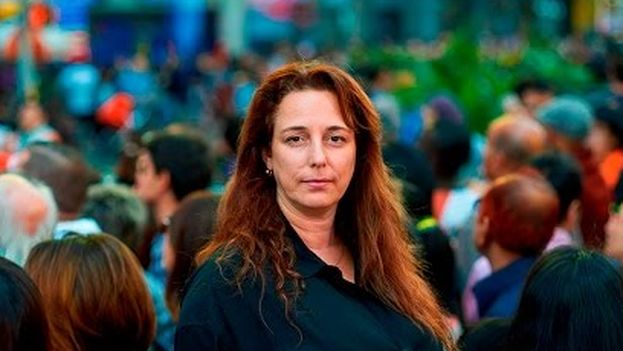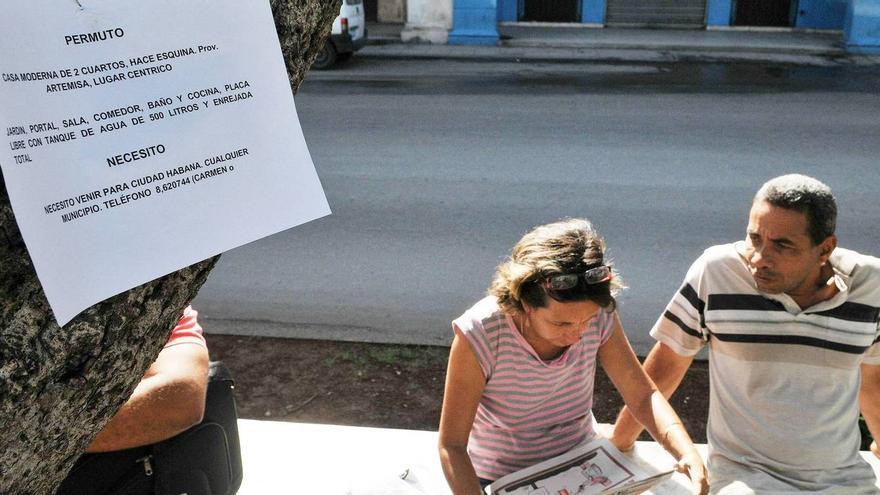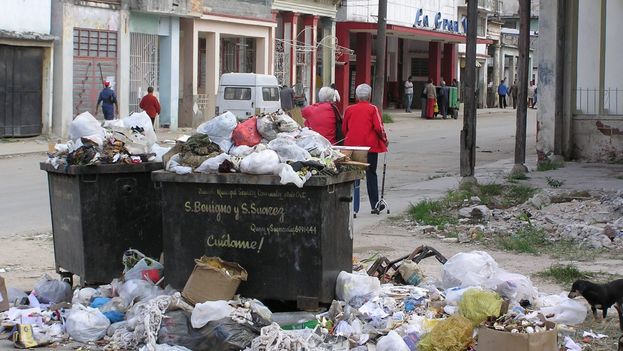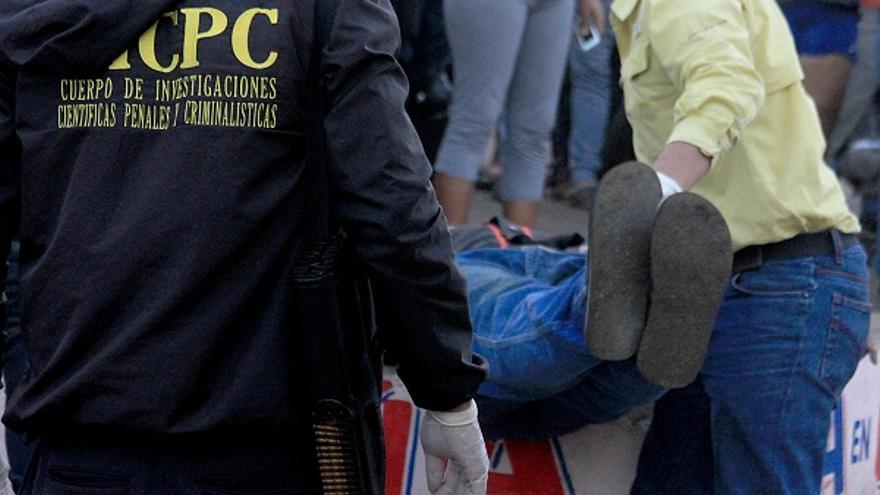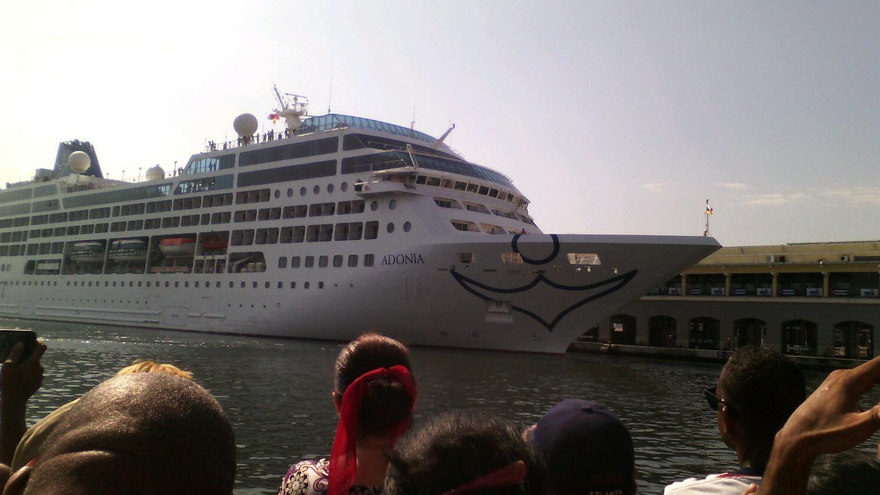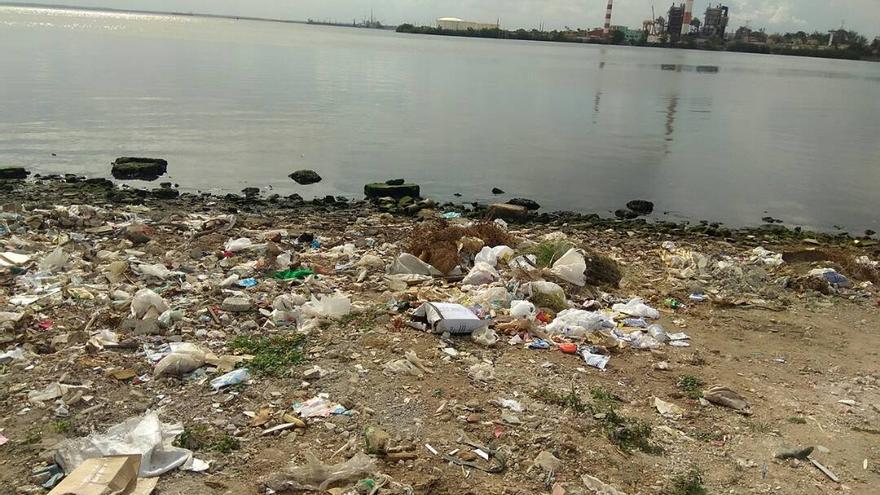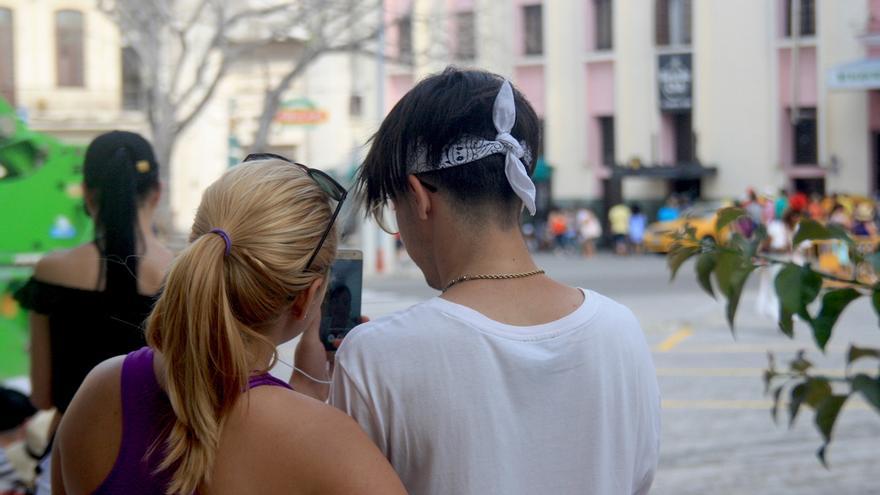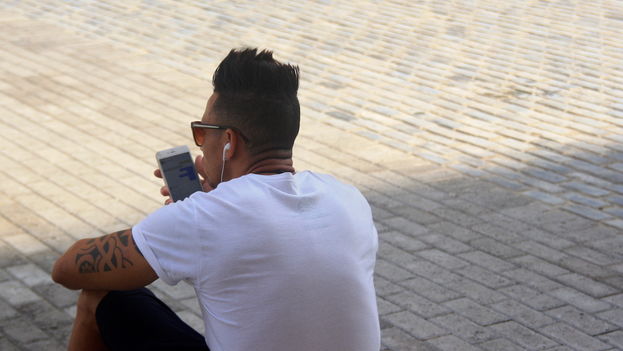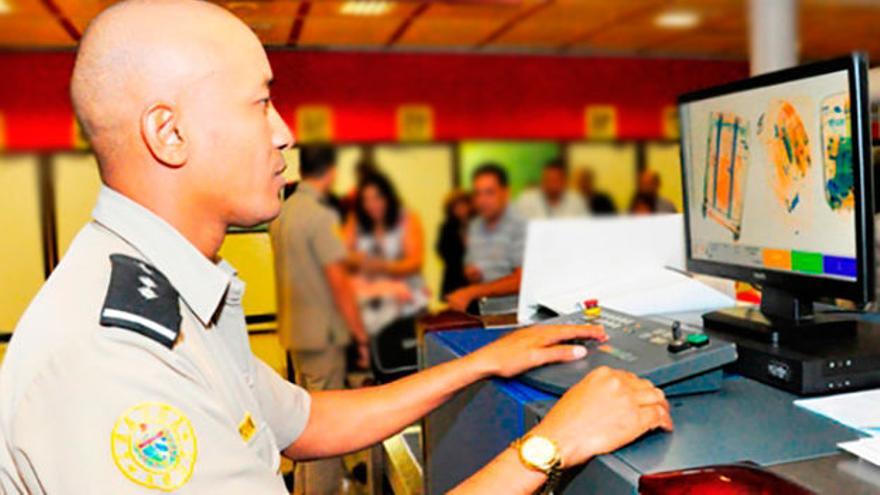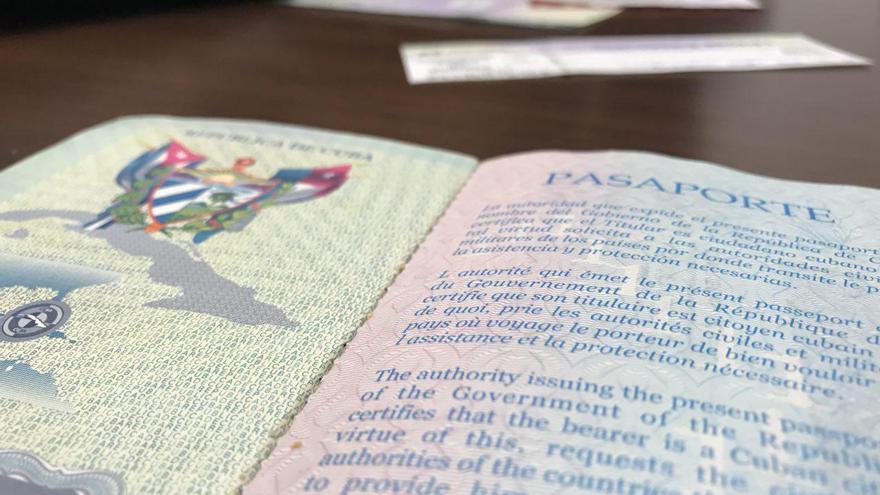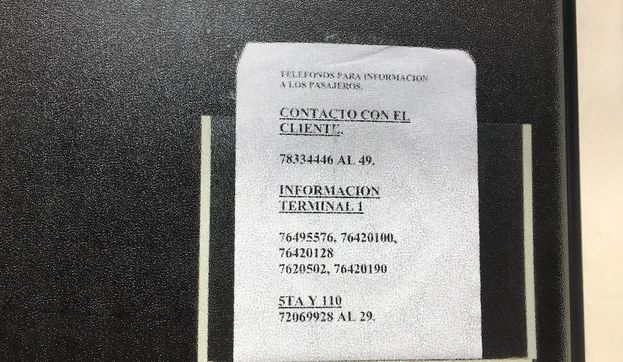The measure, agreed on June 7, has been met with conflicting opinions among the residents of the region. Some receive it as a short-term solution to the shortage of food, but others fear it will continue over time and boost the black market.
The Villa Clara Provincial Administration Council (CAP) justified the new controls as a way to “avoid hoarding and speculation,” according to information published in the local press. Although the duration of the measures has not been specified, it is known that they will be in effect for at least three months, as the authorities have announced that they will be reviewed on a quarterly basis. continue reading
The price reductions are mandatory, ranging from 20% to 80% of the prices of some products before the heavy rains, and include the state agricultural markets, and those managed as cooperatives and privately, along with the so-called ’points of sale’ (smaller) and the cart vendors.
Among the regulated goods are rice and beans, as well as root crops, vegetables and pork. One pound of the latter can not be sold for more than 16 Cuban pesos, a price that is almost 40% less than before the passage of the storm Alberto.
Of the products derived from pigs, among which is also lard, only 10 pounds can be sold to each consumer.
The independent swine sector does not welcome the establishment of these maximum prices. “What many breeders are going to do is sell the animals as soon as they are weaned, rather than care for them until they are ready to be slaughtered,” Amancio, a resident of Santa Clara’s periphery, explains to 14ymedio.
“For weeks I’ve only been selling piglets for people to raise themselves because we have problems with the feed and because many families want to guarantee having the animal in their yard,” says the producer. “A price of 16 pesos a pound doesn’t make sense as a business for anyone, neither the person who breeds it nor for the one that sells it,” he affirms.
However, among pensioners and people with lower incomes, the CAP decision has been well received. “The abuse is over,” reiterated a pensioner outside La Feria market on Sunday morning, one of the most popular in Santa Clara. “They were taking advantage of the rains to raise prices and this puts an end to it,” says the woman.
With very little available on the stands, at La Feria only a few pieces of pork were sold this weekend. “The meat isn’t coming and less is expected,” Maikel, an employee, told this newspaper. “The guajiros prefer to sell it directly to paladares (private restaurants), coffee shops and fixed customers,” he says.
Outside the market, a man who was offering two lemons for 1 Cuban peso (CUP) — a higher price than the 2.50 CUP per pound required by the new regulations — disappeared with his merchandise when he saw a policeman arrive in the area.
Groups of inspectors patrol the markets to avoid violating the prices established by the CAP. The Ministry of the Interior has been involved in these reviews in which “the pertinent measures will be taken in the face of violations or breaches of the agreement.”
The new regulations also address sales in the so-called hard currency stores, the “shopping.” In the case of the stores of the state chains CARIBE, CIMEX and Palmares, the sale of food, cleaning products and beverages has been regulated up to certain amounts per client.
Some of the limits in the network of state retail stores are ten cans of soda, four liters of water and a kilogram of cheese . Villa Clara residents can only buy five soaps per person and two floor-cleaning clothes.
The sale of frozen chicken by the box has also been suspended, a measure that self-employed workers who work in the food sector do not not look on kindly.
“It is an emergency situation but they haven’t informed us how long this measure will continue, which reduces many chances to buy merchandise to maintain our businesses,” laments Enrique Proenza, an employee of a restaurant who was trying without success, this Sunday, to buy several kilos of chicken.
“The fear people have is that this measure will be in force for a long time and ends up ruining the cafes and paladares in the area,” he laments. “Anyway, some are already planning to go to Matanzas or Havana to buy the products needed to keep their businesses open.”
Last November, in the neighboring province of Cienfuegos, food prices were decreed as a result of the damage to agriculture from Hurricane Irma.
Regulations
1. Rationing of the sale of products [previously] unrationed in parallel markets, food bodegas, is as related below:
• Rice: 10 pounds per customer.
• Beans: 5 pounds per customer.
• Fine salt: 2 kilograms per customer.
• Refined and raw sugar: 10 pounds of each type per customer.
• Peas: 5 pounds per customer.
• Crackers or cookies: 2 packages of any weight per customer.
• Soft drinks: 10 units (bags, cans, small bottles) per customer.
• Soft drinks in boxes of 1500 ml: 2 per customer.
• Jams (Africanitas, sorbetos and others): 5 packages per customer.
• Soda cookies: 1 – 80 CUP bag per customer.
• Dulce de leche and chocolate: 2 units per customer.
• Cheese: 1 kg per customer.
• Frozen chicken: 5 kg per customer.
2. The sale of boxes of frozen chicken is suspended. The [chicken] will be sold fractionally according to the per capita limits established above.
3. Maintain, in the case of eggs, the regulated sale of the family basket at a rate of 5 units per consumer, and the same per capita as that sold at 1.10 CUP. At the conclusion of the sales cycles, they will be sold unrationed and in equal proportions to the consumers [registered at each outlet], writing it down in the supply book to avoid hoarding.
4. In the case of the Cleaning and Hygiene products that are sold in the network of Non-Food Products Sales Stores, the following is regulated:
• Lis and Daily Soap: 5 units of each assortment per client.
• Liquid detergent in 1 liter or similar containers: 2 bottles per customer.
• Floor cloths: 2 units per customer.
• Toothpaste: 2 tubes per client.
• Chlorine (packed or bulk): 2 liters per customer.
TRD Caribe-CIMEX:
1. Ration the sale, in all our Commercial Units, Points of Sale and Kiosks, of the following products:
• Fine iodized salt: 2 packages per customer.
• Crackers or cookies: 5 packages of any weight per customer.
• Jams: 5 packets per customer.
• Soft drinks: 10 units (cans, 330 ml bottles, instant) per customer.
• Soft drinks over 1500 ml: 2 bottles per customer.
• Malts and juices: 10 units per customer.
• 500 ml water: 10 units per client.
• Water 4 liters: 2 units per customer.
• Cheese: 1 kg per customer.
• Sausages: 1 kg per customer.
• Processed chicken: 2 packages per customer.
• Sausages: 5 packages per customer.
• Toilet soaps: 5 units per client.
• Detergent powder up to 250 gr: 5 packages per customer.
• Detergent powder up to 1000 gr: 2 packages per customer.
• Floor cloths: 2 units per customer.
• Toothpaste: 2 units per client.
2. The outlets that sell the chicken for the bulk mode will only sell the amount of 5 kg.
3. The sale of frozen chicken by boxes is suspended.
__________________________
The 14ymedio team is committed to serious journalism that reflects the reality of deep Cuba. Thank you for joining us on this long road. We invite you to continue supporting us, but this time by becoming a member of 14ymedio. Together we can continue to transform journalism in Cuba.
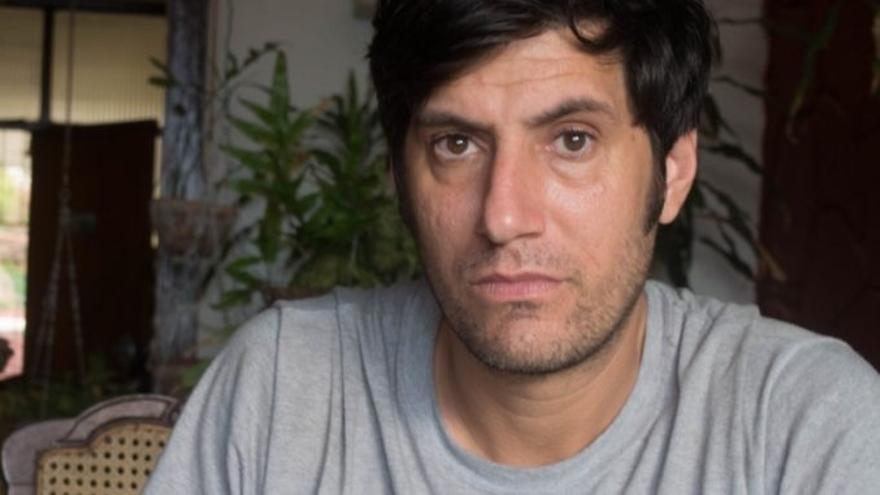
![]() 14ymedio, Havana, 8 June 2018 — More than 24 hours after he was arrested, opposition photographer Claudio Fuentes was released in Havana, opposition sources confirmed to this newspaper. The dissident was subjected to an intense interrogation filled with threats toward his rebellious work. Activists of the Patriotic Union of Cuba confirmed to 14ymedio the release of Zaqueo Báez, who was also arrested on Friday when he was trying to visit a political prisoner in Holguin.
14ymedio, Havana, 8 June 2018 — More than 24 hours after he was arrested, opposition photographer Claudio Fuentes was released in Havana, opposition sources confirmed to this newspaper. The dissident was subjected to an intense interrogation filled with threats toward his rebellious work. Activists of the Patriotic Union of Cuba confirmed to 14ymedio the release of Zaqueo Báez, who was also arrested on Friday when he was trying to visit a political prisoner in Holguin.
